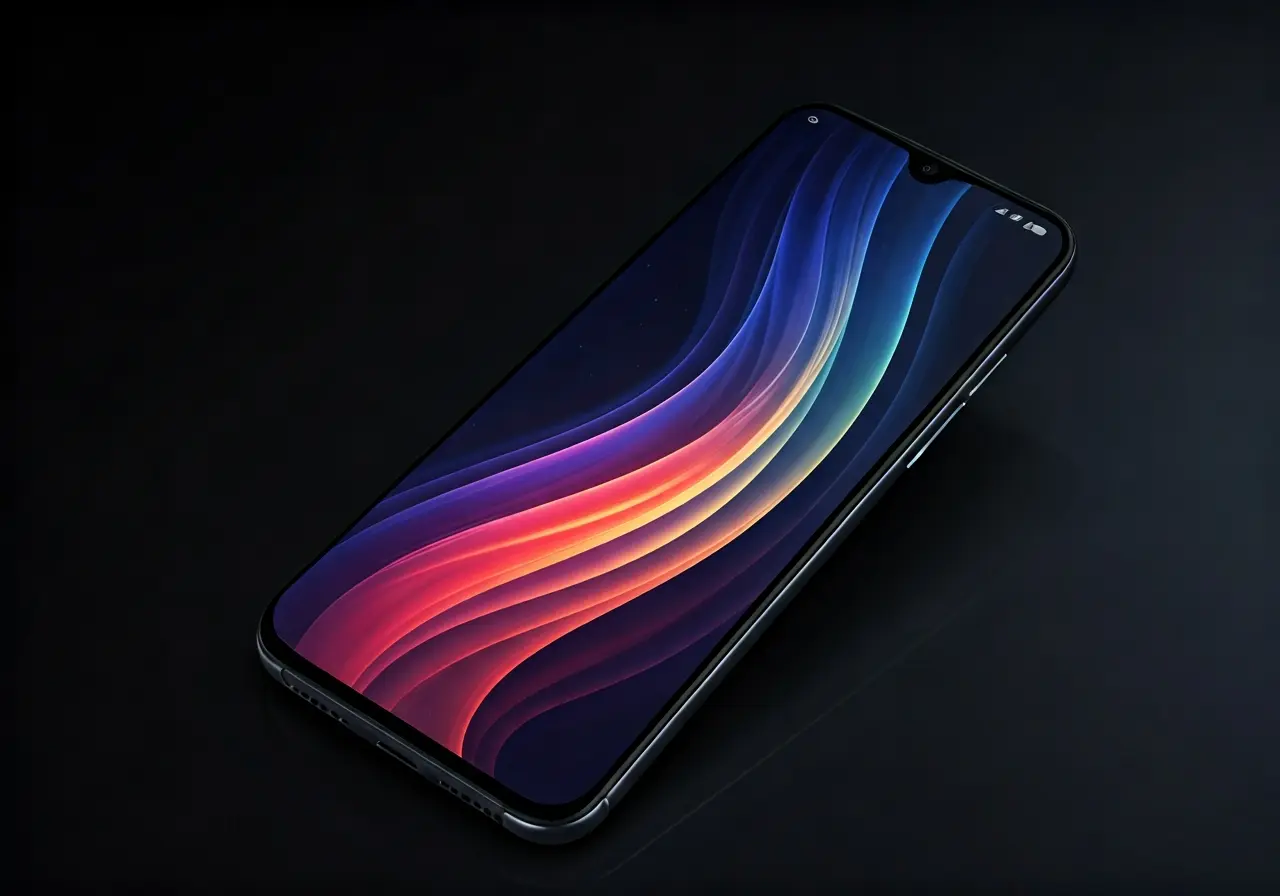The Importance of UX/UI Design in Mobile App Success
In the ever-evolving world of technology, mobile apps have become essential tools in our daily lives. From social networking to productivity, these apps have transformed how we interact with the digital world. But what sets a successful mobile app apart from the rest? It’s all about the UX/UI design. In this blog, we’ll explore why UX/UI design is critical to mobile app success.
Understanding UX/UI Design
Before delving into the importance of UX/UI design, it’s crucial to understand what these terms mean. UX, or User Experience, focuses on the overall experience a user has while interacting with an app. UI, or User Interface, on the other hand, deals with the look and feel of the app. Together, they aim to provide a seamless and enjoyable user experience.
The synergy between UX and UI is akin to crafting a masterpiece. UX is the foundational structure, ensuring that every function works efficiently without hassle, much like the engineering beneath a visually stunning building. UI, however, is the artistry; it’s the paint on the canvas, the aesthetics that captivate the viewer at first glance. Combining these aspects results in an app that’s not only functional but enjoyable to navigate. As many successful app creators will attest, understanding the balance and interconnection between these two elements is crucial for long-term success in the crowded app marketplace.
Just like in a great book where the plot holds weight and the language brings it to life, UX/UI work in tandem. A poorly designed interface can be jarring, disrupting even the most thoughtfully constructed user journey. Conversely, a visually appealing app lacking usability can leave users frustrated. This balance underscores the importance of understanding both UX and UI principles in crafting engaging and intuitive designs that resonate with users on multiple levels.
The Impact of First Impressions
When users download an app, their first impression is based on the UI – how the app looks. A visually appealing interface can entice users to explore further, while a cluttered or outdated design might push them away. First impressions are critical, making the UI design a key component of retaining users.
Think of opening a new app like entering a room for the first time. The decor, lighting, and arrangement can influence whether you feel welcomed or uneasy. Similarly, the moment a user opens your mobile app, they encounter its UI, which molds their perception. This is why investing in a visually appealing and intuitive interface is paramount; it can dramatically increase the odds of users diving deeper into what the app offers. By ensuring that this initial interaction is smooth and engaging, you harmonize aesthetic appeal with usability, setting the stage for a positive user experience that encourages ongoing engagement.
A stunning example of how first impressions can impact user retention is evident in the way apps cater to user’s natural navigation habits. By employing clean lines, clear icons, and intuitive layouts, an app not only catches the eye but invites users to stay a little longer. This can be the deciding factor between a user uninstalling after a mere glance and committing their time to explore further. Effective UI design becomes an ambassador for your app, potentially increasing user satisfaction and loyalty right from the start.
Enhancing Usability with UX Design
A well-thought-out UX design ensures that users can navigate the app with ease. By placing emphasis on usability, you can create intuitive flows that guide users effortlessly from one task to another, enhancing overall satisfaction and engagement.
Navigational efficiency is a key pillar of outstanding UX design. Users naturally appreciate when their journey through an app mirrors a clear, linear path rather than a confusing labyrinth. By focusing on logical layouts, reducing the amount of unnecessary clicks, and tailoring transitions to be both quick and smooth, developers can create an intuitive experience. This attention to usability extends not only to in-app navigation but also encompasses functions such as ease of login/signup, straightforward checkout processes, and personalized user settings, each of which can significantly uplift user satisfaction rates.
The emphasis of UX design on reducing friction points cannot be overstressed. Each delay or misdirected tap is a potential exit point for users. Effective UX addresses these hurdles by anticipating user behavior and adapting menus and options to fit seamlessly within their expectations. Accessibility features further push this principle, providing dynamic design adjustments to cater to all users, ensuring that the app is inclusive and considerate of varying needs. This proactive approach aligns with changing user preferences and expectations, potentially increasing the app’s appeal across demographics.
Consistency in Design Elements
Consistency in UX/UI design is essential for creating a cohesive experience. By maintaining uniform design elements throughout the app, users can learn quickly and interact more confidently, improving their overall experience.
Imagine reading a book where the font changes from one chapter to the next. Such inconsistencies distract from the content and can even lead to frustration. The same principle applies to mobile apps. Consistent design elements, such as alignment, color palette, and typography, create a rhythm that users can depend on. This consistency reinforces brand identity while making navigation second nature to your users. When an app feels familiar, users devote less cognitive effort to understanding how to interact with it, allowing them to focus more on the core functions and benefits you provide.
The Role of Performance in User Experience
Regardless of how well your app looks, if it’s slow or unresponsive, users won’t stay for long. Optimizing performance is crucial; ensuring fast load times and smooth interactions will keep users engaged and satisfied.
Performance is often the unsung hero of successful UX/UI design. In an age where technological speed is ever-increasing, users have little patience for delays and disruptions. Immediate load times and snappy transitions reflect the app’s competence and reliability. Performance optimization often involves streamlining code, compressing files, and optimizing servers and networks to deliver a fluid, lag-free experience. An app that respects a user’s time by reducing latency and enhancing responsiveness often wins their loyalty and trust, reinforcing overall user satisfaction.
Continuous Improvement through User Feedback
Gathering and analyzing user feedback is an invaluable step in refining UX/UI design. By understanding user needs and pain points, developers can make informed updates, improving the app’s design and functionality over time.
Incorporating user feedback is an essential component of maintaining a relevant and empathetic app experience. This process involves direct communication channels, such as surveys and reviews, and indirect insights gathered through analytics and session recordings. By identifying common issues or desires expressed by users, developers can prioritize updates and enhancements that resonate with user expectations. Over time, this creates an evolving UX/UI dynamic, where the app continuously improves to meet shifting demands and preferences, ultimately leading to a more engaged and satisfied user base.
The iterative design process is at the heart of continuous improvement. With each version release, feedback guides developers in tweaking features, adding new functionalities, and refining existing elements. This iterative loop creates a symbiotic relationship between the user and the development team, fostering a culture of continuous growth and adaptation while ensuring that the app remains competitive and relevant in an ever-changing digital landscape.
Embracing UX/UI Design for App Success
In the competitive landscape of mobile apps, a strong focus on UX/UI design can make all the difference. By prioritizing user-centered design, aesthetic appeal, and performance, you can create an app that not only meets but exceeds user expectations. As you embark on your app development journey, remember that the details matter, and it’s this attention to detail that will drive your app’s success.





Leave a Reply
Want to join the discussion?Feel free to contribute!